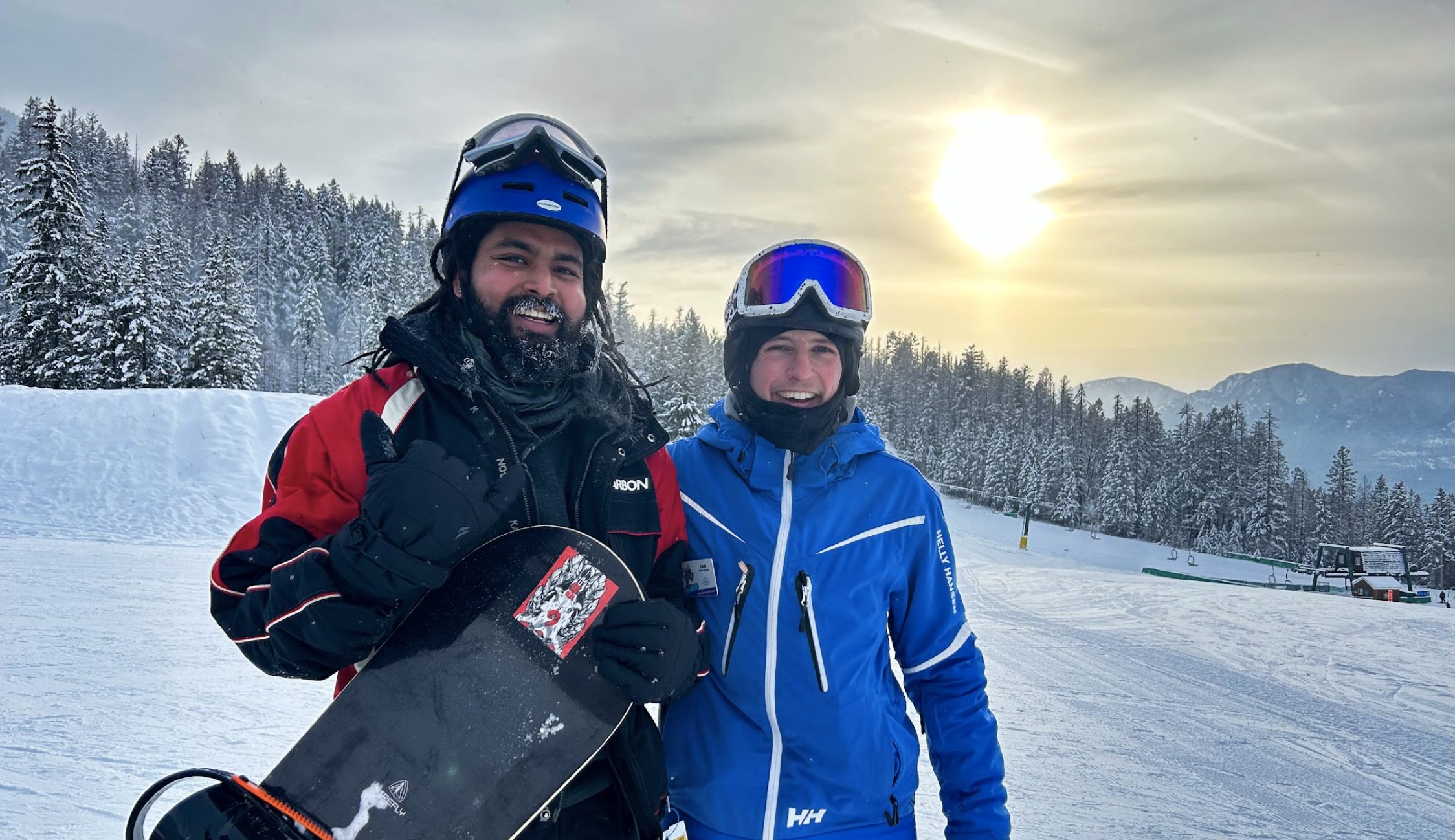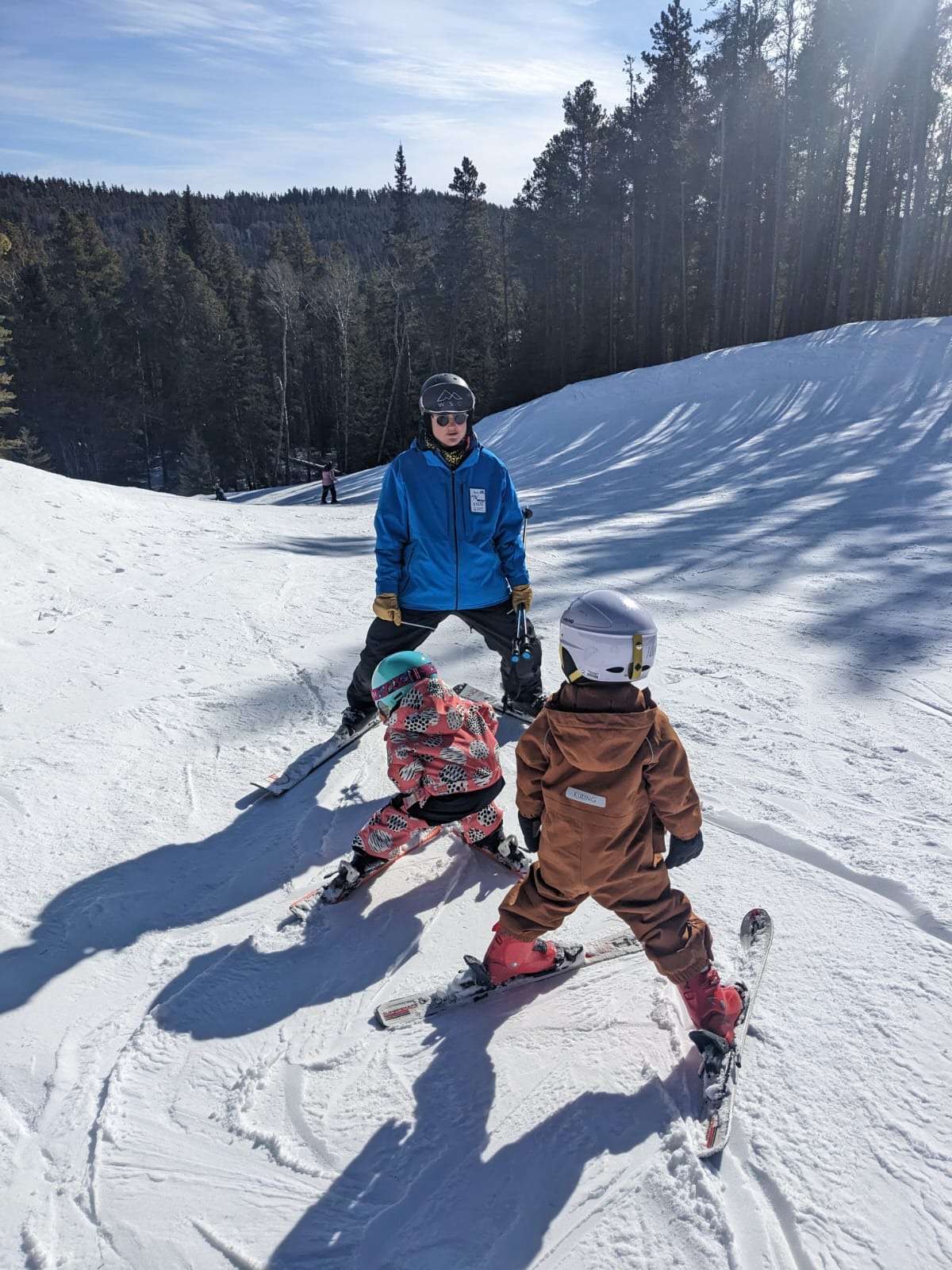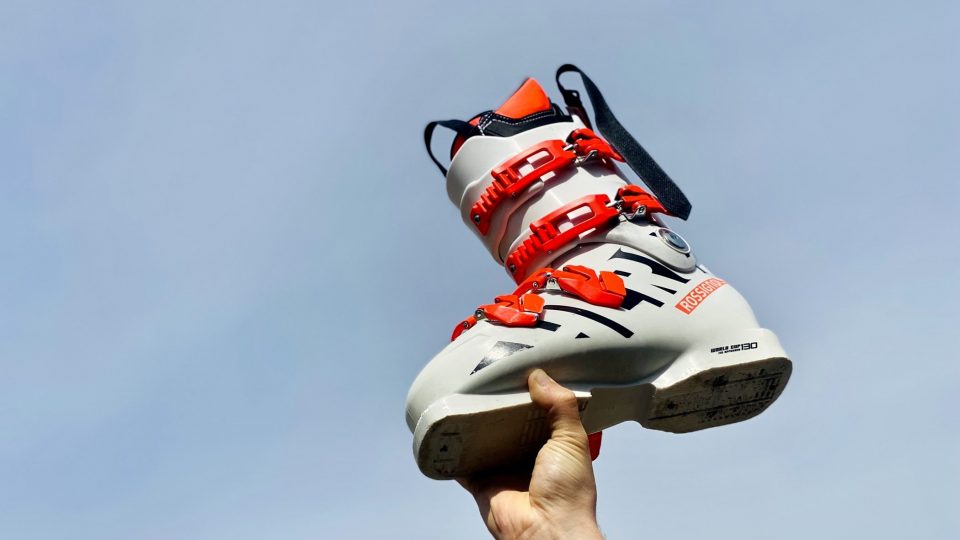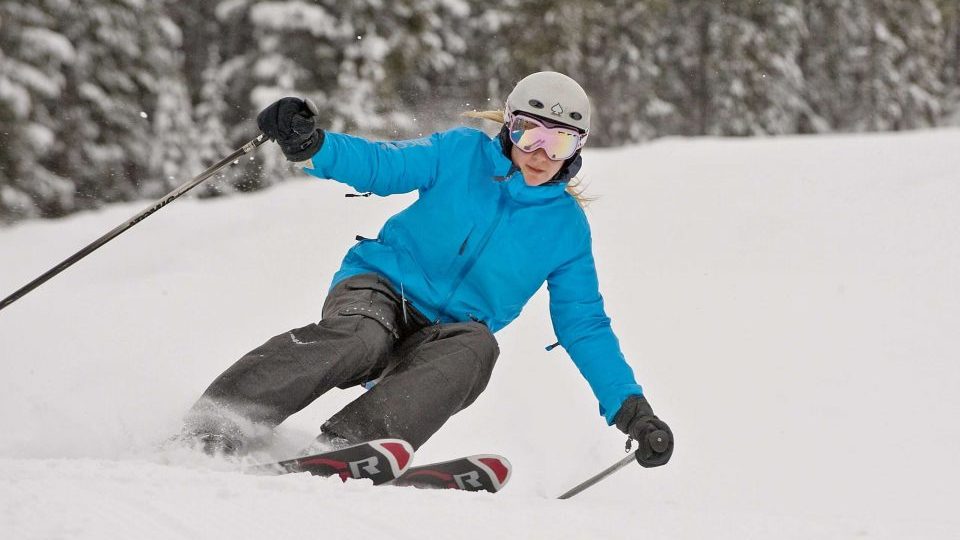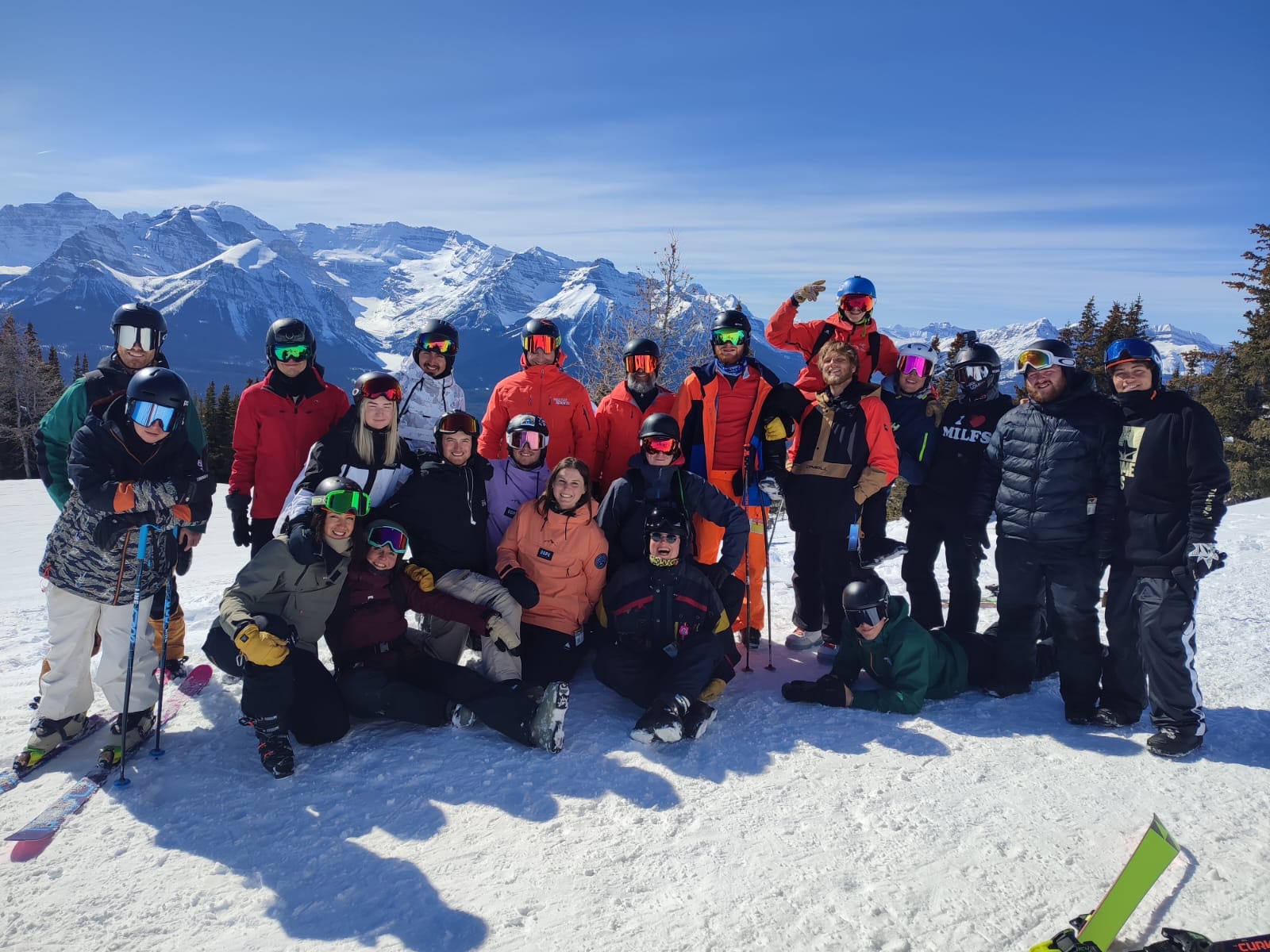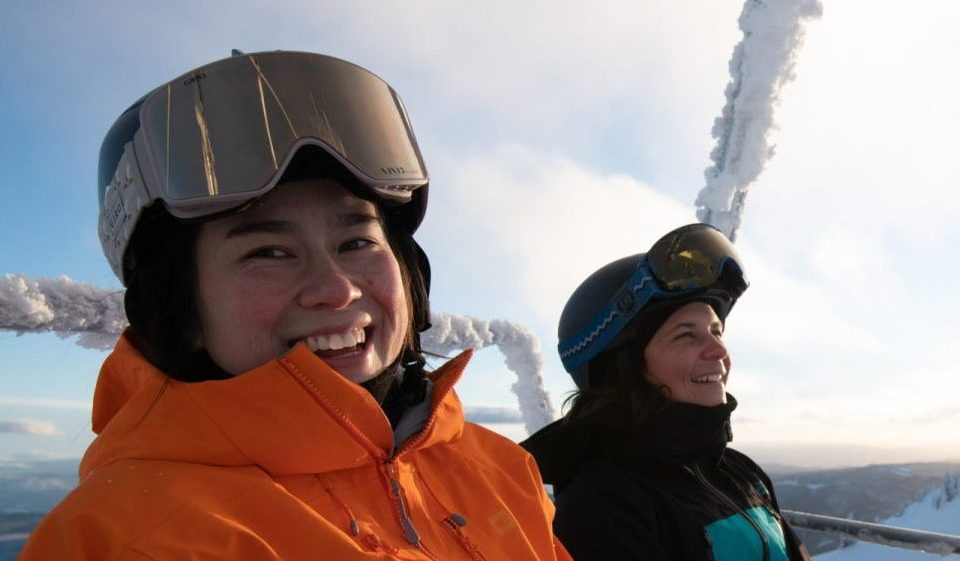Lorem ipsum dolor sit amet, consectetur adipiscing elit. Duis dapibus rutrum vulputate. Mauris sed eros nec est vehicula mattis ac vitae ligula. Maecenas vitae tristique sapien, vitae pellentesque lectus.
How To Carve On Skis: WSC Ski Series
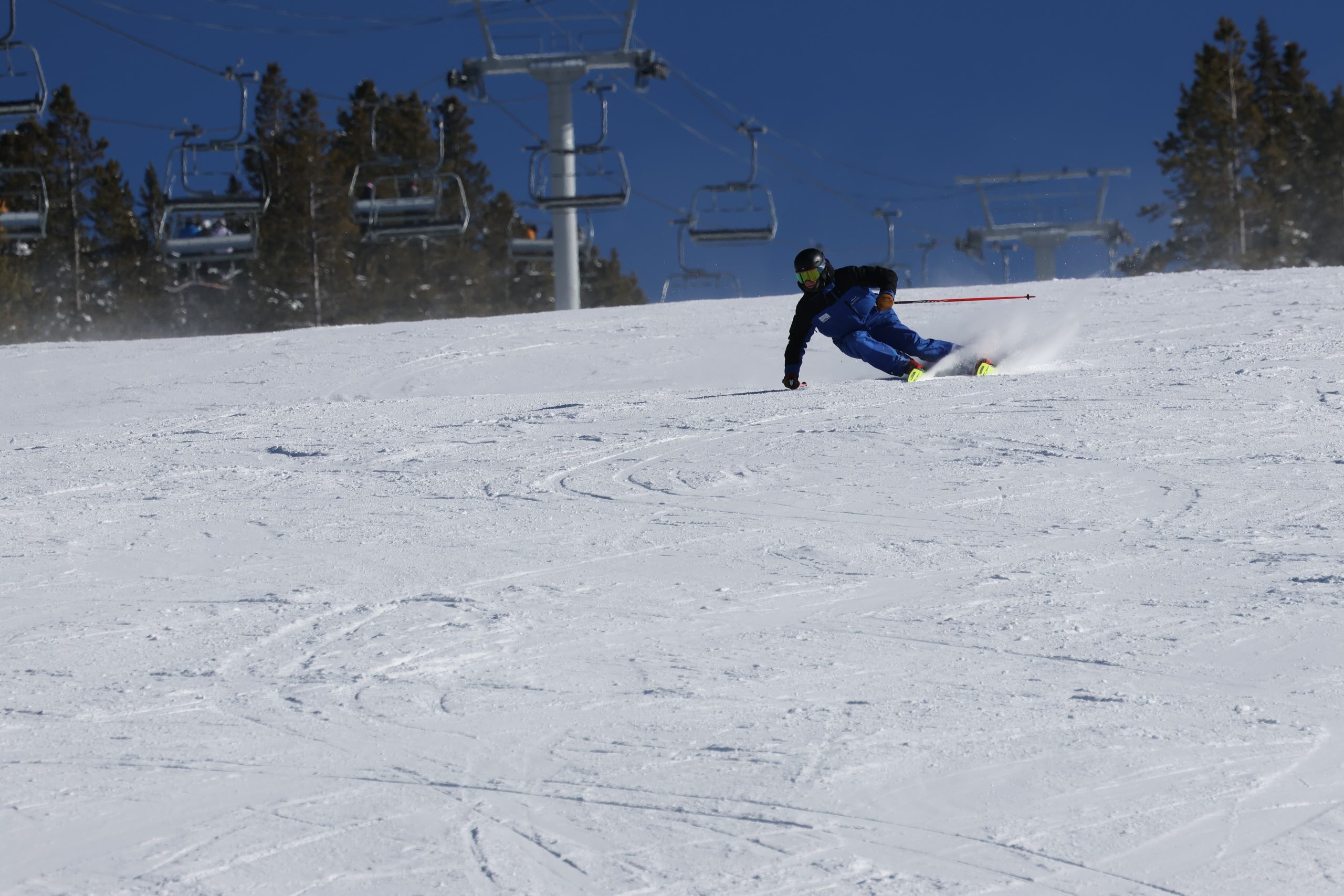
Guide Summary
Learning to carve properly on skis is one of the most challenging yet rewarding skills to develop.
One of the greatest feelings in skiing is carving down a perfectly groomed run first thing in the morning. You’ve seen the pictures of a skier seemingly defying gravity with their hip dragging on the snow. It’s a complex skill to master, but I will give you some pointers on how to dial it in.
How To Carve On Skis
- Speed! Like riding a pedal bike too slowly, carving is really difficult if you don’t start with a little more speed. Extra speed increases turning forces, which allows you to move further inside and closer to the snow. This doesn’t mean going as fast as possible, but with a little more speed, you should feel more pressure under the skis; use this pressure and move a little further to the inside of the turn.
- Big Edge Angles – When we carve, the goal is to utilise the ski design and leave clean pencil lines in the snow. There is no twisting of the skis when we carve. To eliminate twisting, create a higher edge angle by rolling the skis onto a new set of edges. The higher the edge angle, the harder it is for a ski to twist and the more capacity the ski has to bend. It is this bending of the ski that helps it turn.
- Outside Ski Balance – When dealing with higher speeds and greater turning forces, we need to ensure we’re positioned to stay balanced. Try to stay balanced and resist these forces through your outside leg. Your inside ski should feel light with very little pressure on it. The earlier you transfer the balance to your new outside ski, the better.
- Move inside – To keep moving through an arc, you actually have to keep your body moving inside the turn. It will initially seem scary, but once you get the hang of it, it will allow you to maintain a high edge angle and keep turning across the hill. To do this, try shortening your inside leg throughout the turn. This will encourage your centre of mass to travel further inside. Be sure to maintain balance against your outside ski as you do this though.
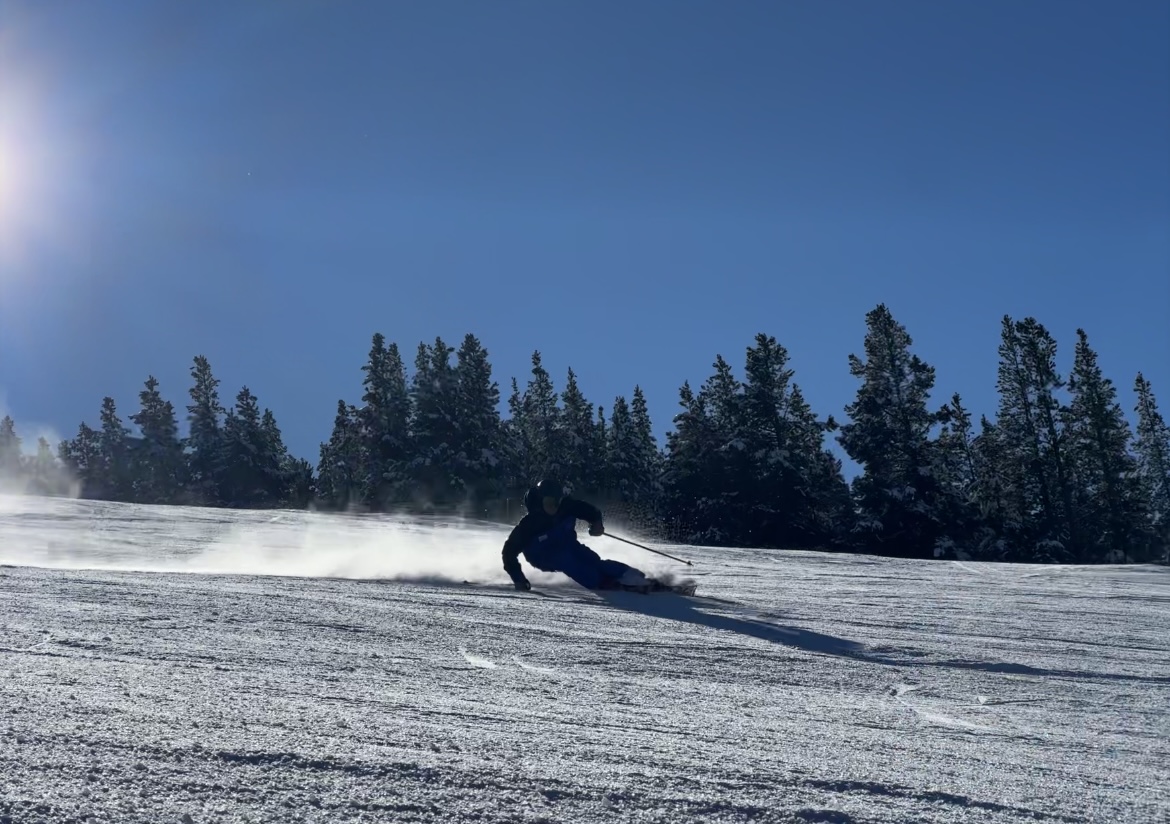
Choosing The Right Skis
- Carving Skis – Sounds quite obvious, right? A carving ski is narrower at the waist and has a much more pronounced sidecut, meaning it rolls onto higher edge angles easier and faster and bends to produce a smaller radius turn. As the ski is fully cambered, it will also grip along its whole length, giving you more stability even on ice. If you want to carve well, you’ll find it much easier on a carving ski. Check out An Instructors Guide To Skis
- Outside foot – Feel strong balance and connection to the outside foot when you try and carve. We can manage the forces more effectively through our outside foot and create more grip.
- Stay a little more square – “face down the hill” is commonly practiced by skiers hoping to ski better. While this can be useful and applicable in some contexts, it can also help to allow your upper body to follow the direction of your skis a little more during a larger carved turn. This adjustment helps you maintain better alignment and ensures you’re better positioned to manage the increased forces. You can then move inside while staying balanced on the outside ski.

Introduction To Carving For Beginners
Give it a try! Start on an easier green or blue run, and practice rolling your ankles and knees to tip the ski over. Your goal is to leave a tiny pencil mark in the snow with your skis. Once you’ve got the hang of rolling the skis, you can pick up the speed and play around with moving inside. I hope this helps! Most beginner terrain at a ski resort will have some amazing rolling terrain that you can use. This kind of terrain is perfect as you can’t get out of control.
Take A Lesson From The Pros
As one of the most requested lessons from students, instructors dial this one down. Visit the ski school at your resort and take a lesson from one of the pros. They will guide you on how to get started or can offer the missing piece to help refine your skills.
Get expert tuition on one of our Instructor training courses. Find out which course is right for you – Which is the Best Ski Instructor Course?
Need some new skis for your course with us? Take a look at our guide on skis and reach out if you need some additional advice – An Instructors Guide To Skis













